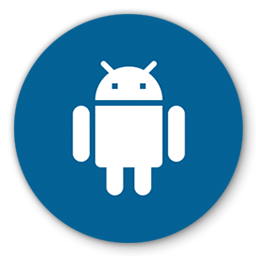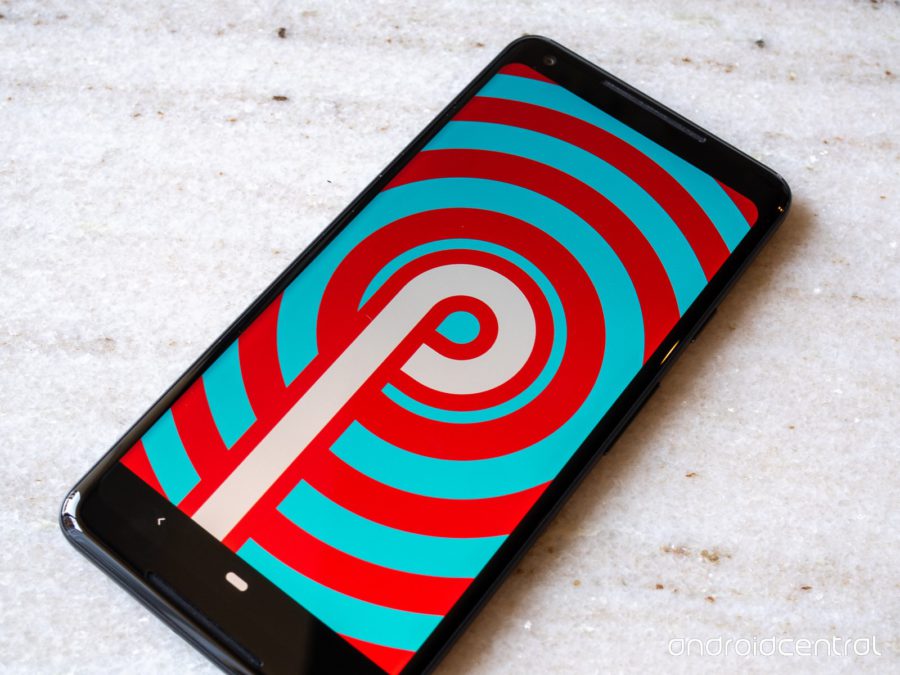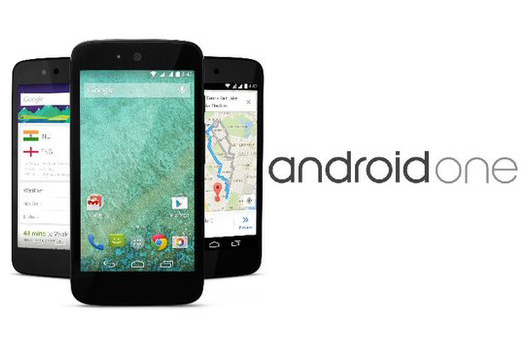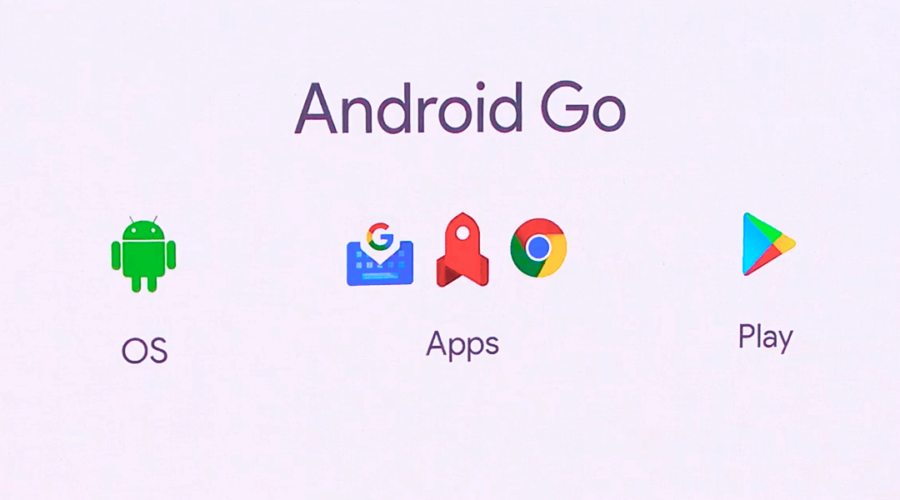A short summary describing the three existing flavors of the operating system Android …

Original material
In 2007, Google officially introduced the ecosystem to the world Android. Yet before the announcement Android started as a small company called Android Inc. with CEO Andy Rubin. The name was taken from the Latin 'androids', which means humanoid robot. The term Android is also similar to the name of the co-founder and former CEO (Android – Andy Rubin). Android is an operating system primarily built for touchscreen devices. Each version of the OS was named in alphabetical order using a dessert and culinary theme. The first version was Android Cupcake, released in the first quarter of 2009, followed by Android Donut that same year. Android has evolved not only in terms of version numbers, but also in varieties. Last year, in addition to the 'stock' version Android, Android One and Android Go appeared.
What is the difference?
Many people think that Android Go and One are mostly the same thing. And the 'stock' version Android is the operating system that users get on their smartphones out of the box. Be that as it may, this is a fairly popular misconception, these 'trinity' are quite different from each other. Nougat, Oreo and Pie are versions while Go and One are flavors.
'Stock' version

Google provides OS source code Android to third-party device manufacturers through the AOSP (Android Open Source Project, literally 'open source project Android'). Google then allows these companies to build add-ons on top of the Android OS and develop custom designs or additional features. For example, Samsung uses its own Samsung Experience skin, while the devices Xiaomi use the interface MIUI. However, they cannot be classified as a 'pure' user experience with Android. A heavily redesigned OS version such as Samsung Experience or EMUI obscures the minimal functionality of Google's version Android (the 'clean' version). In it, the user will find only a few applications from Google itself; this version does not have redundant software preinstalled. For example, Samsung devices are preinstalled with the Samsung Pay application, which is an alternative to the existing Google Pay payment system available in the Google Play catalog. The 'stock' user experience was promoted by the Nexus line of smartphones, which was replaced by devices under the general name Pixel. This version of the OS allows users to receive updates to security policies and major updates to the OS itself faster. Especially if manufacturers do not interfere with this process by creating their own vision Android.
Android One

Android One is a variation of Google's operating system that has been created exclusively for markets in South Asia such as India. The initial idea of directing the initiative to budget smartphones was later joined by flagship mid-range devices such as the Moto X4. In short, Android One is for those manufacturers who would rather spend time focusing on a combination of good hardware elements than work on 'software', which is exactly what Google provides Android One . As with the 'clean' version Android, One-based smartphones are the first to receive updates. One of the recent smartphones with this version Android is Xiaomi Mi A2.
Android Go

Although Android One is available for all smartphones, Google representatives did not abandon the idea of making the OS compatible with low-end devices. The recently announced Android Go helps devices with 512MB of RAM get the latest OS. Android Go is a lightweight build of Android 8.0 Oreo. This operating system is designed to run smoothly and smoothly on low-performance devices. With Android Go users will find that the system takes up much less space than the previous version, Android Nougat. It also offers lightweight versions of Google's apps: YouTube Go, Gmail Go, and Files Go. Thanks to this, they work stably on smartphones with their own memory of 8 GB. The newest smartphone with Android Go out of the box is the Nokia 1.
Regardless of its varieties Android it continues to develop and get better. Thus, Android One and Android Go are ideal for users looking for an inexpensive smartphone that won't slow down and interfere with work. If the user's priority is top-end features, the ability to be the first to receive software updates and there is no budget limitation, then choosing a smartphone from the Pixel line would be a reasonable solution.
Author – Abhinav Patak
Material from the category 'for dummies', but it is always useful to fix such moments. Interestingly, even the lightweight Android One is able to turn an inveterate fan iOS into a confident Android – user, there are several such examples among friends. Of course, the growing popularity of smartphones Xiaomi in our market and the price positioning of Mi A1 / Mi A2 played a big role.
The desire to cover new markets and increase activity in the middle and budget price segments undoubtedly plays into the hands of Google, advertising is never superfluous. Overall, the two new varieties Android seem to me to be positive, good, versatile propositions for a wide audience. Do you have any experience with Go / One? How was it? Does the initiative make practical sense? Or is it still worth sticking to the flagship models?
